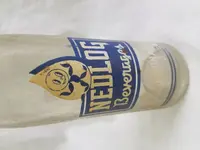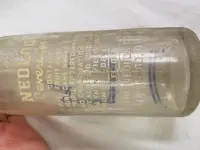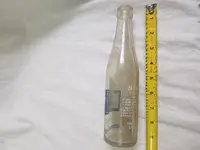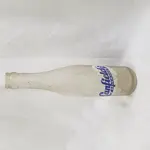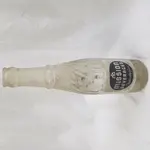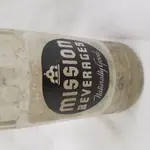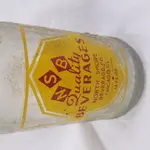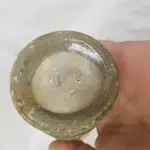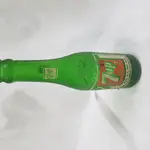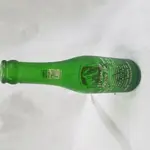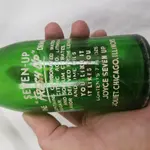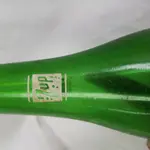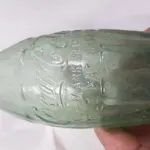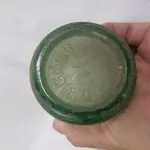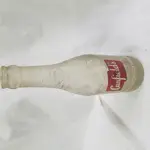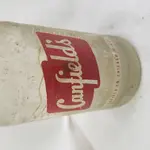SODABOTTLEBOB
Silver Member
- #1
Thread Owner
~ EARLIEST KNOWN PAINTED LABEL (ACL) SODA BOTTLES ~
By : SODABOTTLEBOB
A while back I did a thread that focused on the earliest known crown cap soda bottles, which we know was invented by William Painter in 1892, with the earliest confirmed crown closure soda bottle being a Murdock & Freeman from 1895.
~ * ~
This time the focus will be on the earliest known painted label soda bottles, which are also known as ACLs, or Applied Color Labels. The following is the result of a great deal of time and research I was involved with along with a number of other collectors. The majority of the pictures that follow were contributed by those collectors.
But before getting into the heart of the matter, I'd like to start with the following pictures to show as examples of what types of soda bottles were popular just prior to the advent of the acl process. During the teens thru the early 1930s, "Deco" and/or "Designer style", plus "Paper Label" soda bottles were the most abundant, and came in thousands of different brand names and style variations.
The examples shown below are just a couple of the more obscure and valuable non-acl soda bottles.
1. Nehi "Top of the World" 1927 patent.
2. The bottle itself. (Scarce and valued at $150.00+)
3. Early 1930s Mickey Mouse paper label bottle. (Rare and valued at $200.00+).
4. Mickey Mouse bottle cap. (Scarce and valued at $35.00+).
By : SODABOTTLEBOB
A while back I did a thread that focused on the earliest known crown cap soda bottles, which we know was invented by William Painter in 1892, with the earliest confirmed crown closure soda bottle being a Murdock & Freeman from 1895.
~ * ~
This time the focus will be on the earliest known painted label soda bottles, which are also known as ACLs, or Applied Color Labels. The following is the result of a great deal of time and research I was involved with along with a number of other collectors. The majority of the pictures that follow were contributed by those collectors.
But before getting into the heart of the matter, I'd like to start with the following pictures to show as examples of what types of soda bottles were popular just prior to the advent of the acl process. During the teens thru the early 1930s, "Deco" and/or "Designer style", plus "Paper Label" soda bottles were the most abundant, and came in thousands of different brand names and style variations.
The examples shown below are just a couple of the more obscure and valuable non-acl soda bottles.
1. Nehi "Top of the World" 1927 patent.
2. The bottle itself. (Scarce and valued at $150.00+)
3. Early 1930s Mickey Mouse paper label bottle. (Rare and valued at $200.00+).
4. Mickey Mouse bottle cap. (Scarce and valued at $35.00+).




















































